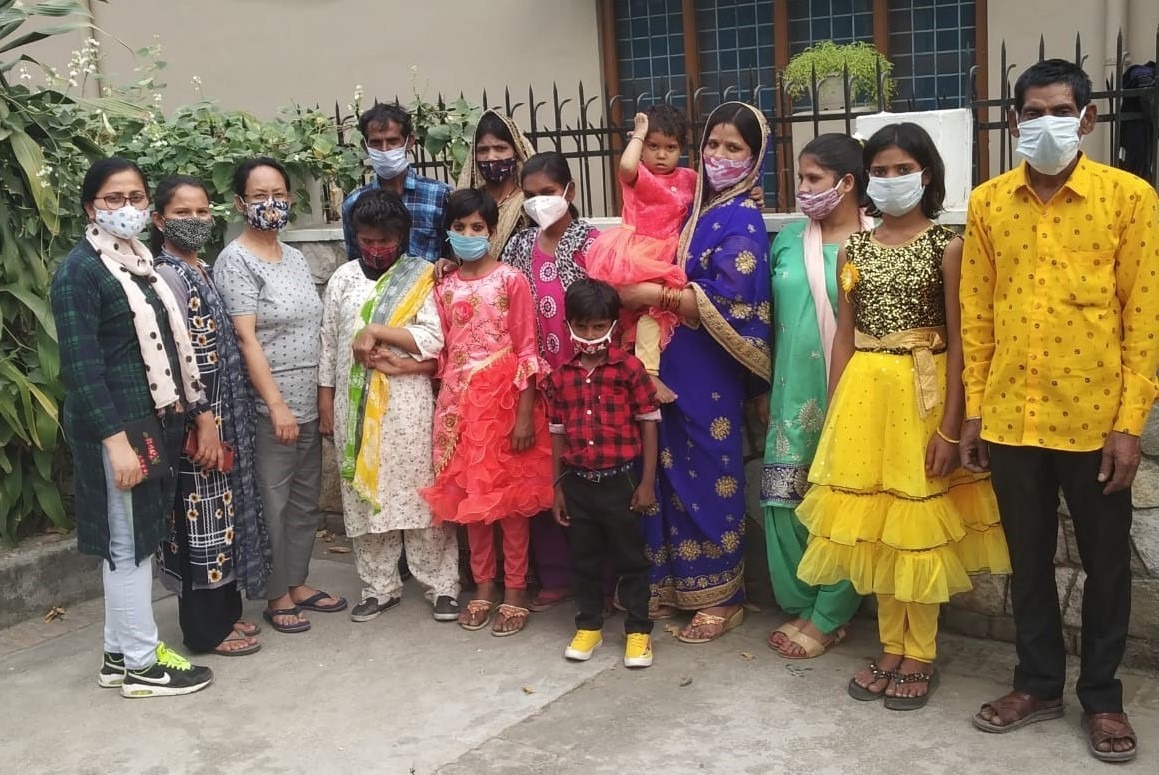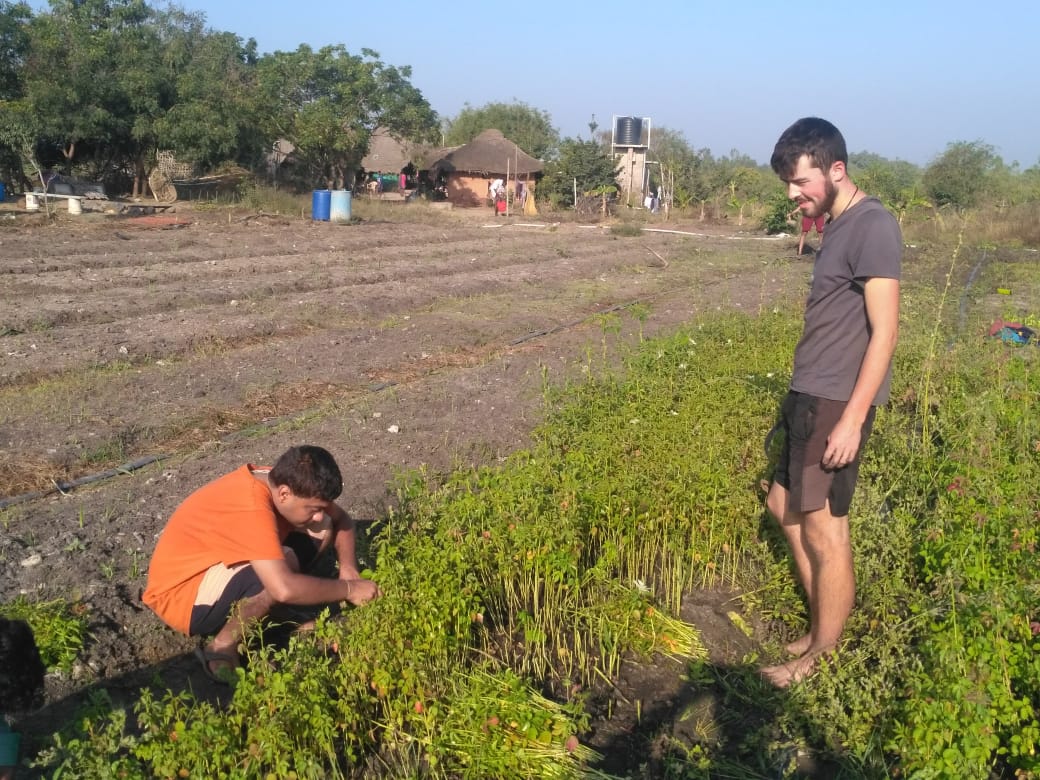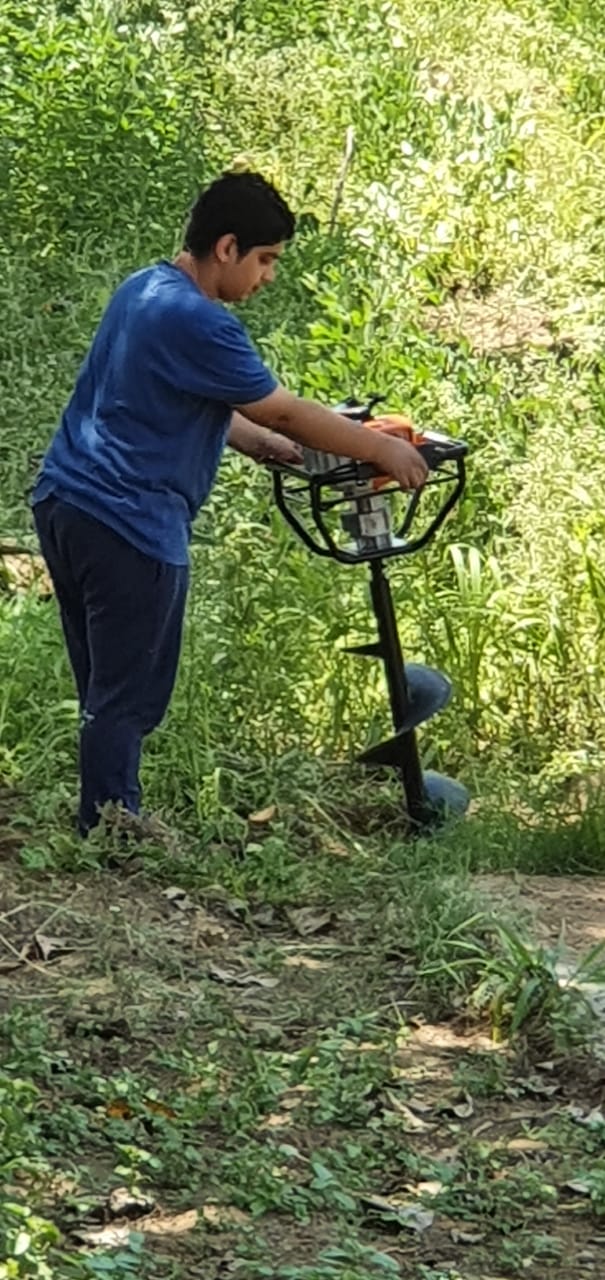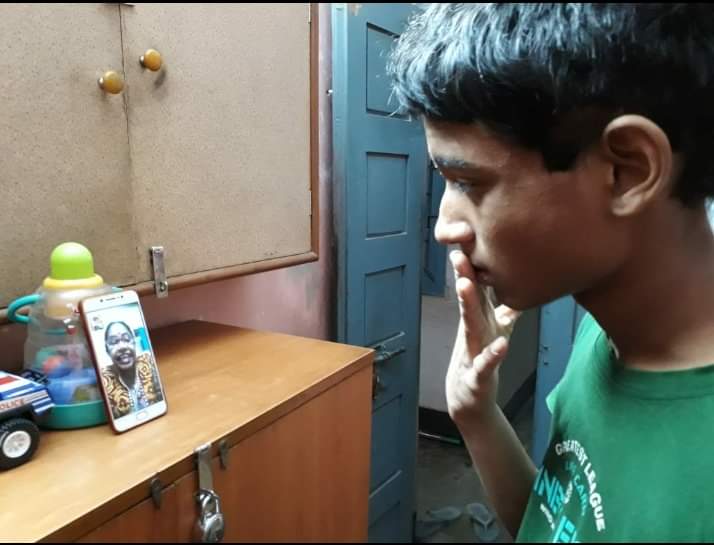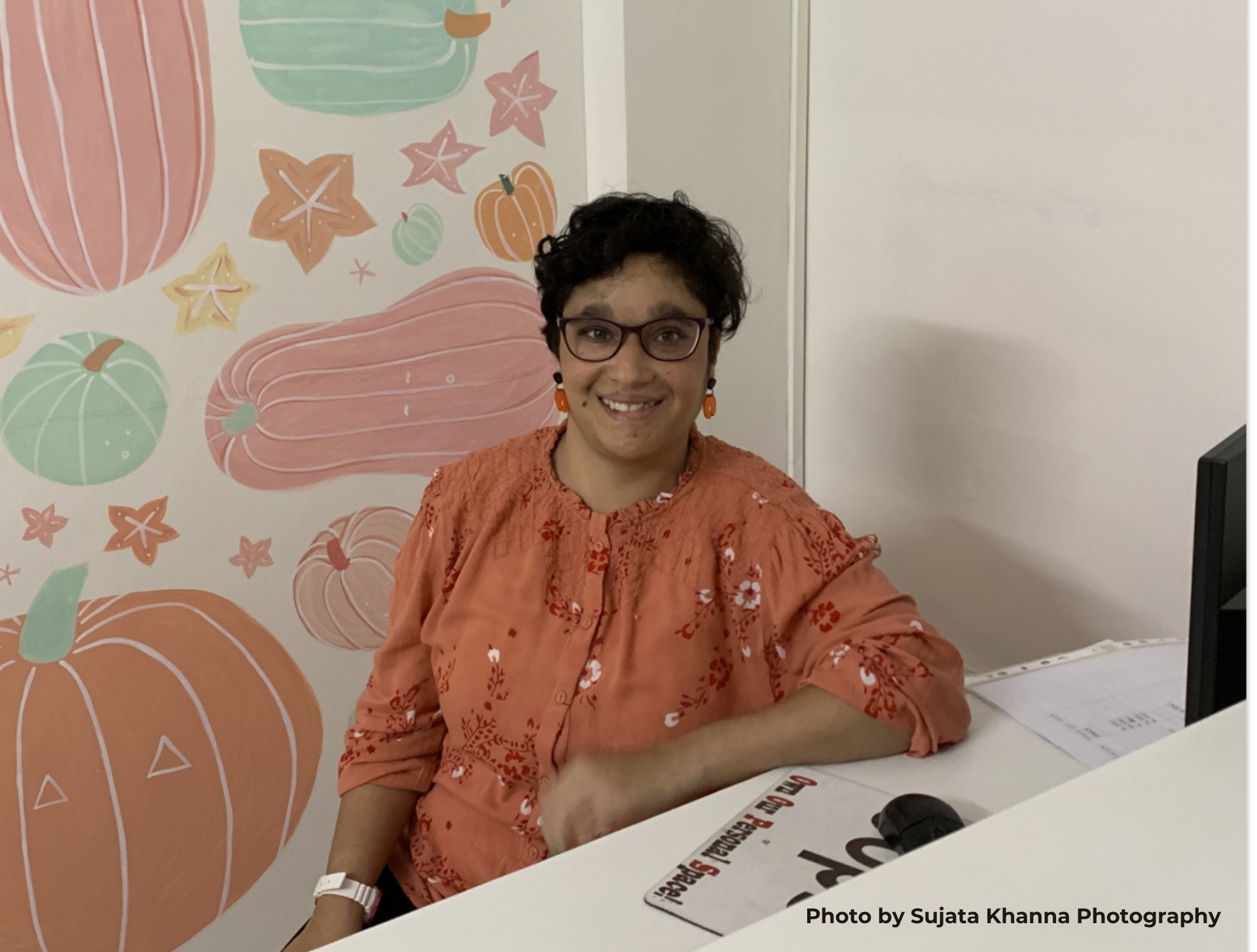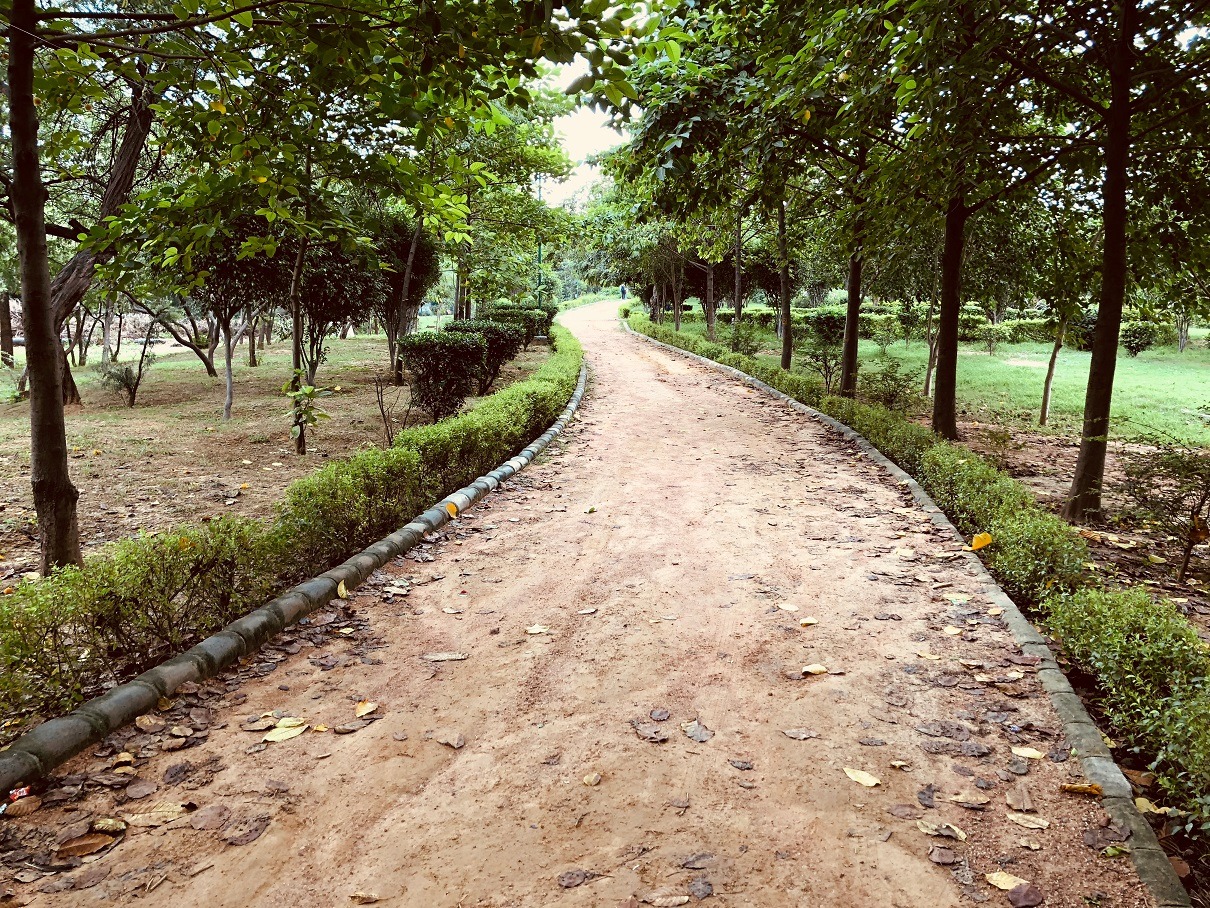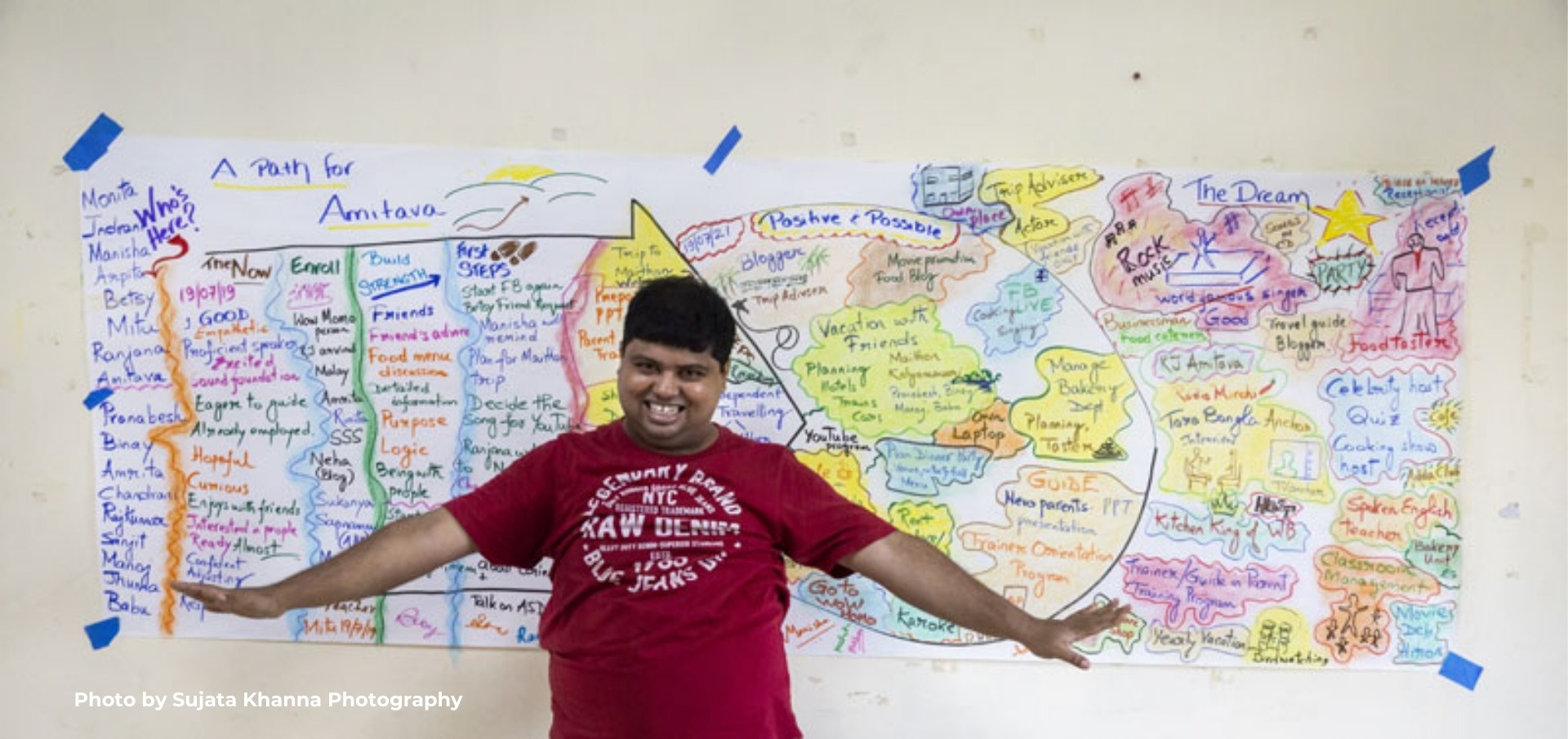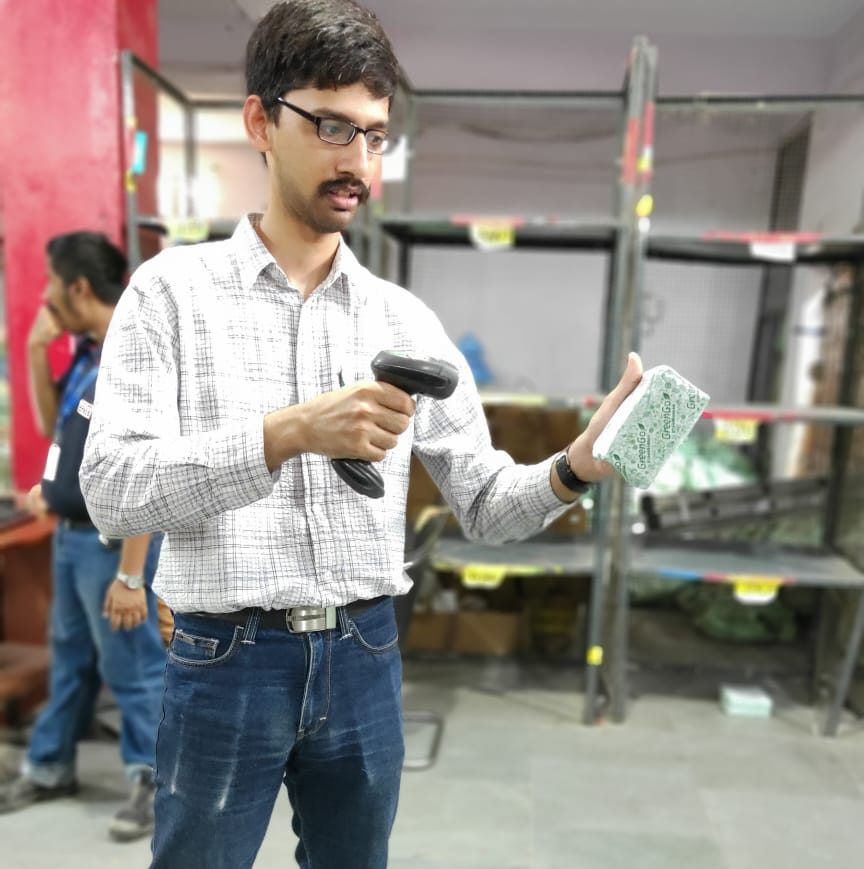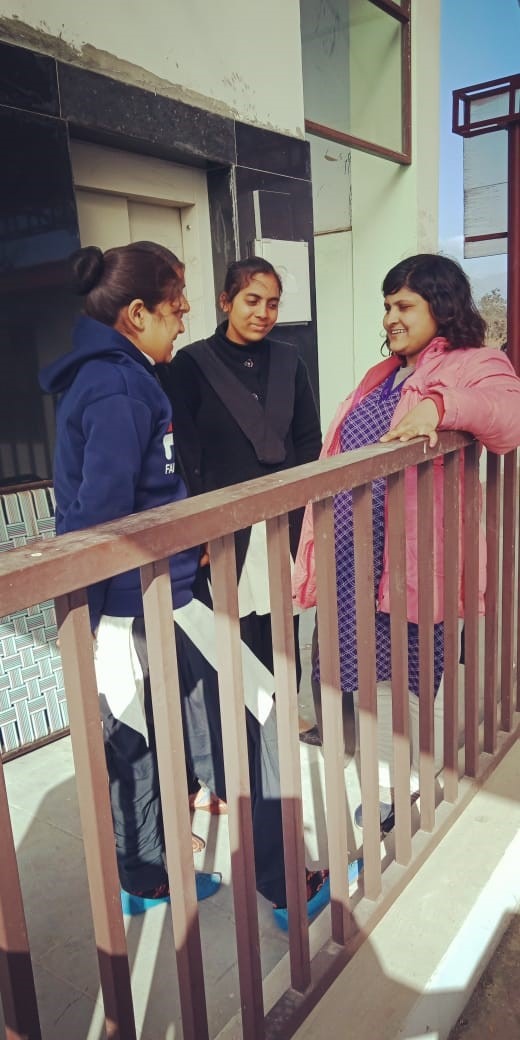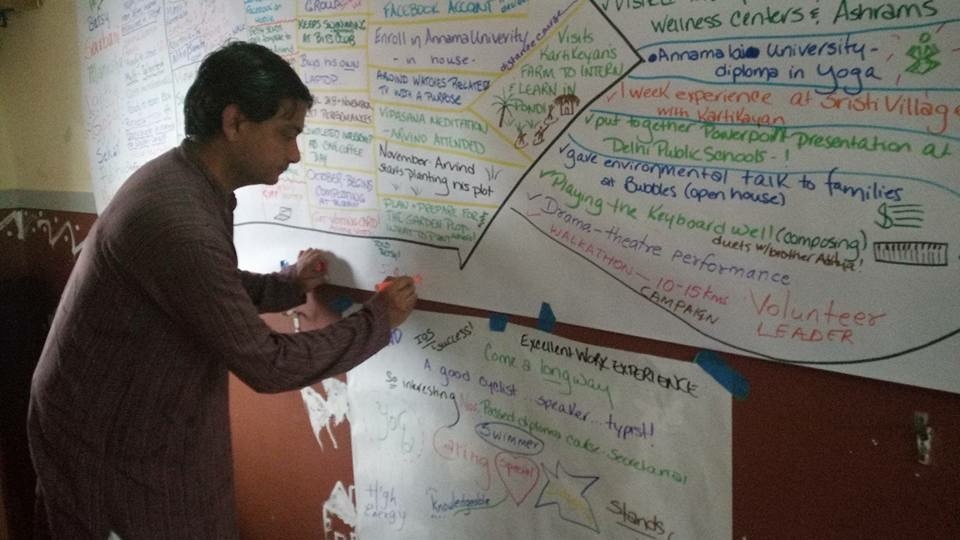Efforts to help people with disability to fully contribute their gifts, as well as to lead full, expansive lives requires more than hoping, wishing, and half-hearted efforts. In fact, much of the work of elevating the status of marginalized people goes against the grain of societal devaluation, and so it stands to reason that many good efforts are crushed early and decisively. The best efforts can be thwarted easily by circumstances, mind-sets, and disappointments. For this reason, our efforts to help elevate people’s lives must be made consistently, thoughtfully, pointedly, with focus, steadily, and often over time. The below story of losing and regaining family illustrates this so powerfully.
For many people, separation from families becomes a life-defining loss, a grief that comes to reside deeply within. A sense of being adrift, unmoored, and unrooted may be metaphors for how this loss is experienced. For Kiran, whose loss of family happened early in her life, this seems to have been her experience. While in the institutional setting, where she remained for years, it was simply known as a fact that she had a sister, but no details were known, an assumption that followed her over the years. In fact, her records stated that there was no reasonable hope of reunification or contact.
After re-establishing herself as a neighbour in a small community, those who were supporting her began to explore whether she might not have remaining family who could in fact be located. They did not stop there – they began to ask, to look, to actively seek such connections. It was not long before someone who knew someone who knew someone else was able to locate the region where her sister was reputed to live. It was many hours of travel away, and Kiran’s sister had no telephone.
But they did not stop there. They located the local shop close to where Kiran’s sister lived. They found that she sometimes used the shop’s phone. They got a message to her.
They connected and were told her sister would not be able to come to visit because the travel was long.
But they did not stop there. They made sure Kiran and her sister were able to talk periodically on the phone, building their relationship.
But they did not stop there. They arranged for a video call so they could see each other for the first time in many years.
But they did not stop there. They organized transportation until finally, a reunion happened, as eight of Kiran’s relatives re-entered her life with great joy. Kiran seems bigger somehow, more sure of herself, and more rooted, and some of that at least can be attributed to her knowing “her people.”
This reunion is instructive in many ways, but what is standing out right now is how efforts to assist people with disability to have strong connections and full, rich lives require real focus. The team who supports Kiran did not rely on rumor and assumption. They explored and investigated. They did not give up. Their detective work spanned months of thinking through next steps. Disappointments were met, acknowledged, and the goal was again placed on the horizon. New efforts were made; different directions were explored. That FOCUS was required to bring a result that matters. This resolve and even stubborn refusal to accept assumptions, to move on to easier tasks, and not to give up bore such important fruit in Kiran’s life. A lot of people are richer for it.

